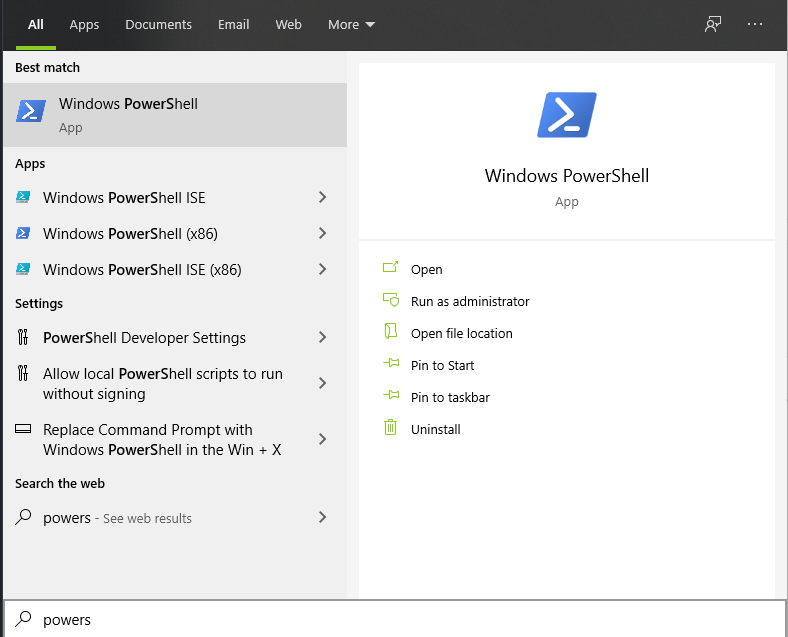

While it is possible to remove it from your system on your own, this can be a complicated process. If the threat is detected, allow the antivirus software to remove the threat, either by deleting it or quarantining it. You want to use a program that isn’t AVG or Avast in case the problem still lies within the antivirus software itself. If the antivirus software still detects idp.generic, download a program like Malwarebytes or Kaspersky and run a secondary scan. Once you have downloaded the update, restart your computer and run the scan again.
#How to remove windows powershell virus update
If there is a chance this is a false positive identification by your antivirus, take the time to update both Java and your antivirus software. If the file is not attached to anything important, by all means, let your antivirus do its job. If you receive an idp.generic warning, you might be tempted to remove it from your system immediately.

How Do I Remove idp.generic On Windows 10? If the name of the file is obviously malicious or does not belong, then the threat is most likely real. Pay attention to the name of the file, too. Executable files in virus scans often mean trouble, because if it truly is a virus, it can infect your system with a host of problematic malware. Unless it’s from a trusted source, you should be wary of opening the file. The second is if the infected file is an executable. If the alert points you here, it’s worth a second look. This is a common destination for trojans and malware. The first is if the infected file is in the temp folder. That said, there are a few clues that the alert might be more than a false positive. When you receive the alert, you should always run a second scan to be sure. You can never be 100 percent certain that idp.generic is not a false positive. When Is idp.generic Not a False Positive?


 0 kommentar(er)
0 kommentar(er)
